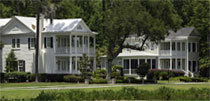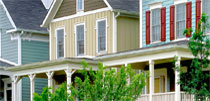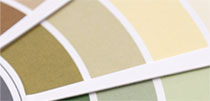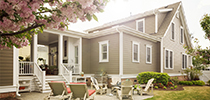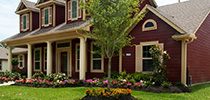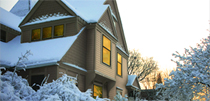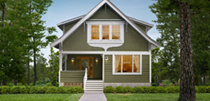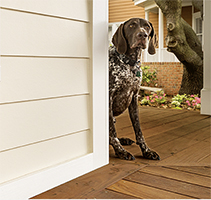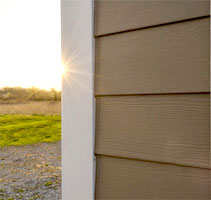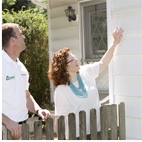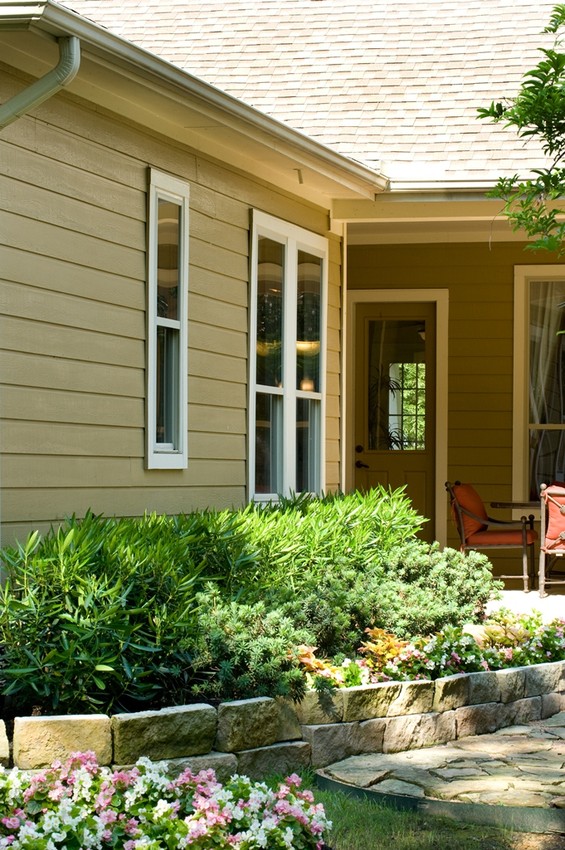
A beautiful yard is one of the easiest and most economical ways to boost the curb appeal of any home. All you need is some free time, a little elbow grease, and the right yard tools.
As any homeowner knows, your tool and yard equipment collection will grow over time, potentially significantly. While they are all useful and necessary, don't let your tools run you out of your garage and consider adding a shed to your property.
"Especially during the winter months, people really want their garage back. That's the classic use of the shed. People come to us and say 'I have got to start parking my car in the garage again,'" said Josh Payne, general manager of The Shed Depot of NC. "A lot of our customers use them for larger items like lawn mowers, kayaks, bikes, and sports equipment."
Here are 9 kinds of outdoor tools and accessories—beyond the lawn mower—that every homeowner should own to help bring their yard to life.
1. Gloves
Gloves are a must-have for any lawn improvement or gardening project. They protect hands from blisters, as well as thorns, sharp branches, blades, chemicals, bee stings, and other potential hazards.
What to look for when you buy: For all-purpose yard work, leather gloves are a durable, breathable option that will comfortably conform to your hands—and will last for years with regular conditioning and care. Cotton gloves may be preferable for more delicate flower gardening, while gloves with rubber or plastic-coated tips will keep hands dry while digging in wet soil or leaves.
2. Shears & Pruners
For every flower, branch, and type of grass, there’s a pair of shears or pruners that can trim, cut, and tame. The best shears or pruners for your yard depends on the size of your plants—as well as your comfort.
What to look for when you buy: Comfort is an important factor with all yard tools—if you can’t use a tool comfortably, you are more likely to use it improperly and potentially cause injury. When buying hand pruners or shears, test whether you can grasp them with one hand when they are open, and that you have the strength to close them as well. A locking mechanism is crucial too: when the pruners or shears are closed, they should stay closed on their own, which improves safety.
Larger pruners or shears, made for trimming larger branches, have longer handles that require two hands and typically do not self-lock. Be sure you can easily pick up and maneuver a pair before you buy and with any size of pruners or shears, make sure the blades are sharp. Take them to a hardware store for regular sharpening: dull tools, like dull kitchen knives, are not as safe to work with.
3. A Pruning Saw
Some trimming and pruning jobs are better, and more safely accomplished with a pruning saw—especially when you are dealing with branches that are three-quarters of an inch or larger in diameter.
What to look for when you buy: Consider two things: the saw’s ease-of-use and its sheath. In the store, gauge how the saw’s weight and shape feels in your hand. It shouldn’t be too heavy or feel flimsy. You also want it to be well-balanced and easy to wield. As for the saw’s sheath, it should have a hook that can connect to a tool belt or a loop on your pants.
4. Shovels & Trowels
With the plethora of shovels (a.k.a. spades) and trowels on the market, there’s a yard tool for any hole you need to dig. In fact, the choices are so broad that they can be a little overwhelming.
What to look for when you buy: Seek out a shovel with a handle that is tall enough to reach your chest. A longer handle will give you more power as you pry and dig. There are many types of handles—including wood, metal, and fiberglass—but wood is often easier to grip, and that will give you more leverage as you dig.
With trowels, comfort is key: pick up different types in the store and pay attention to how the shape and weight of each feels when you pick it up with one hand. In fact, we recommend bringing your gardening gloves to the store to more accurately gauge the comfort.
5. Garden Forks & Rakes
With their wide, sharp teeth, garden forks and rakes look similar, as far as outdoor tools go. In the yard, they have distinctly different jobs. Garden forks are used to aerate soil and turn over compost, while rakes are used to rake leaves, grass, and more.
What to look for when you buy: Like shovels, rakes and forks with wooden handles are often easier to grip. Rakes with plastic tines are well-suited for gathering dry, fluffy leaves and grass, while metal tines are better for wet plant material and jobs that require deeper scooping and digging.
Garden forks are mostly hand-held, and so comfort is important once again. Look for sturdy steel tines that won’t bend or break. Maintenance is important: As with any metal garden tool, be sure to wipe away dirt after each use and spray them with an oil before storing.
6. A Garden Hoe
Garden hoes are an all-purpose yard tool that can kill weeds, mark vegetable garden rows, break ground—the list goes on. No implement shed is complete without one.
What to look for when you buy: Tasks that require a garden hoe often require leaning and bending, and so a hoe with a longer handle will be easier on your back.
7. A Weed Whacker
A weed whacker—also known as a weed eater or string trimmer—can get into spaces that are too narrow for lawn mowers, and can tackle much taller grasses too.
What to look for when you buy: If you can afford a battery-powered model, it’s often a better bet. It’s light, won’t require a cord (and therefore poses fewer tripping hazards), and saves you the trouble of mixing oil and gas.
8. A Leaf Blower
A leaf blower not only keeps your lawn leaf-free, but it’s also a secret weapon for quickly clearing a porch or patio of leaves, grass clippings, and other debris. The voltage you need depends on the size of your yard: ask a salesperson at your local hardware store for advice on what’s best for your home.
What to look for when you buy: Battery-operated leaf blowers are often preferable—not only because they are cord- free, but also because they are quieter than most other models. Bonus: if you also have a battery-operated weed whacker, you can often buy a leaf blower that uses the same battery, or vice versa.
9. A Wheelbarrow
You could pick up and transport piles of leaves, sticks, and brush by hand—but why would you when the humble wheelbarrow has been proven to make outdoor hauling much easier?
What to look for when you buy: A fiberglass, plastic, or metal wheelbarrow will work equally well for most lawn chores. But a wheelbarrow with pneumatic tires, which have more bounce than rubber tires do, are often smoother to push around uneven ground. Newer models of wheelbarrows will often have two wheels rather than one, which also helps to prevent tipping.
Once you’ve found the right yard tools, explore additional backyard design ideas to truly transform your outdoor space and become the envy of the neighborhood.
Thank you to Frank Lesh of the American Society of Home Inspectors for sharing expertise for this article.

